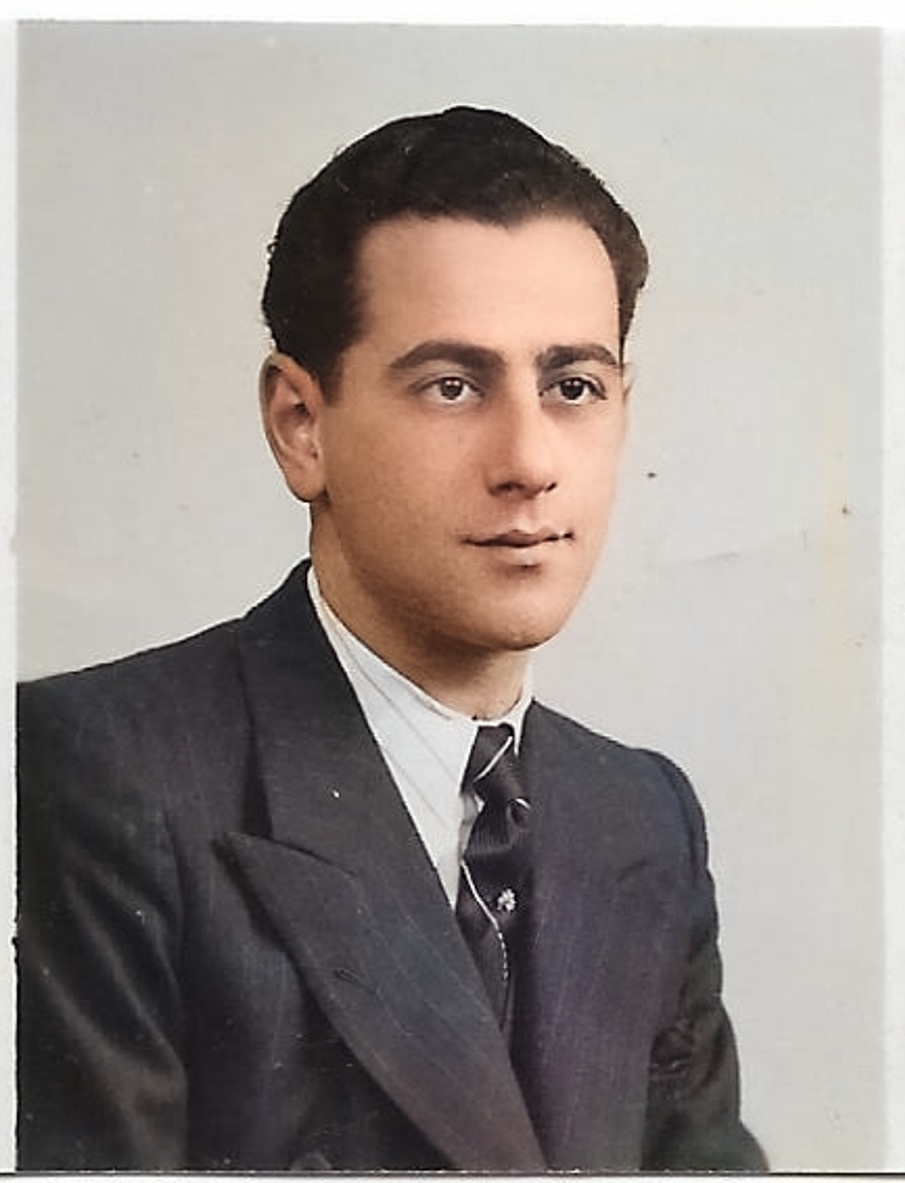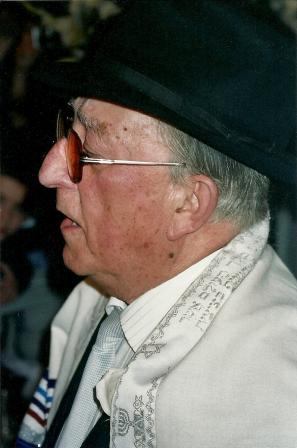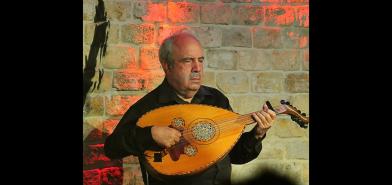Jews in Gibraltar and the music of their synagogues: An introduction
Introducing the recordings of the entire liturgy by cantor James Levy bequeathed to the JMRC by his sons allows us to explore one of the most challenging Jewish music traditions.
Although a Jewish presence in Gibraltar is documented since at least the 14th century, the modern history of the Jews in “the Rock” starts after the Treaty of Utrecht in 1713, when the territory came under the rule of the Great Britain. One has to remember that Jews had been readmitted to England in 1655 following Oliver Cromwell’s new policy after being banned since 1290. By allowing the resettlement of Jews to Gibraltar, Britain broke the stipulations of the Treaty of Utrecht leading to an unsuccessful Spanish siege. The British victory led in 1729, to an agreement whereby the Jewish (and Muslim) subjects of the Sultanate of Morocco were legally permitted to reside in the city (and reciprocally, British nationals were allowed to dwell in Morocco). In 1749 Jews were given the right to settle permanently in Gibraltar and prestigious Hakham Isaac Nieto (1702–1774) of London arrived to Gibraltar, establishing there Kahal Kadosh Sha'ar HaShamayim on Engineer Lane, the oldest synagogue in the city named after its homonym in London and known also as the Great Synagogue (Esnoga Grande).
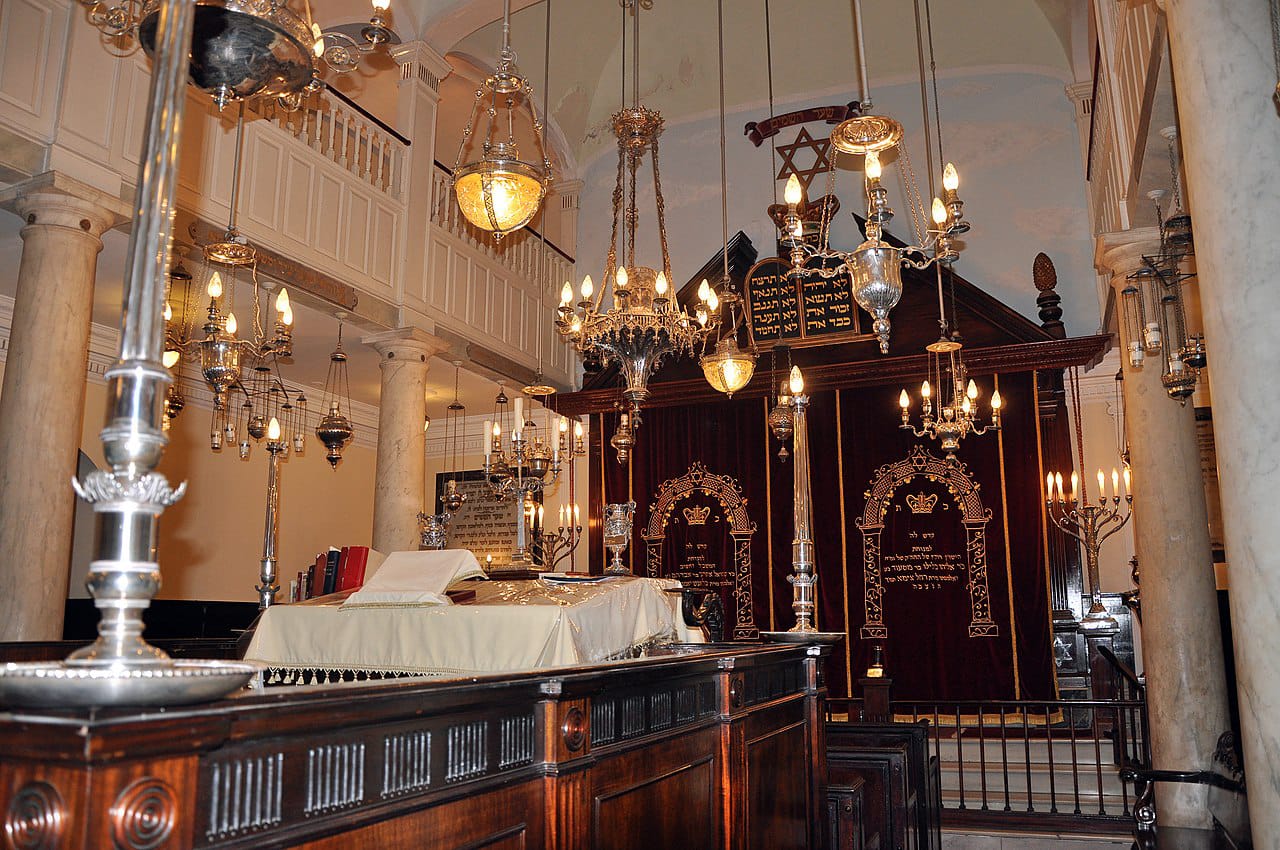
Sha'ar Hashamayim Synagogue (la Esnoga Grande/the Great Synagogue, attribution)
Six hundred Jews comprising a “multicultural” community mixing North African with Western Sephardic traditions already dwelled in Gibraltar when Rabbi Nieto arrived. Jews constituted one third of the civilian population. Thus, more synagogues emerged. In 1759, the Yeshivah (Talmudic Academy) established by Isaac Nieto in Irish Town (the old market place) was converted into a synagogue for the Moroccan Jews. It was named Ets Hayim (Tree of Life; the name of the Talmudic Academy in Amsterdam), but is more commonly known as the Little Synagogue (Esnoga Chica).
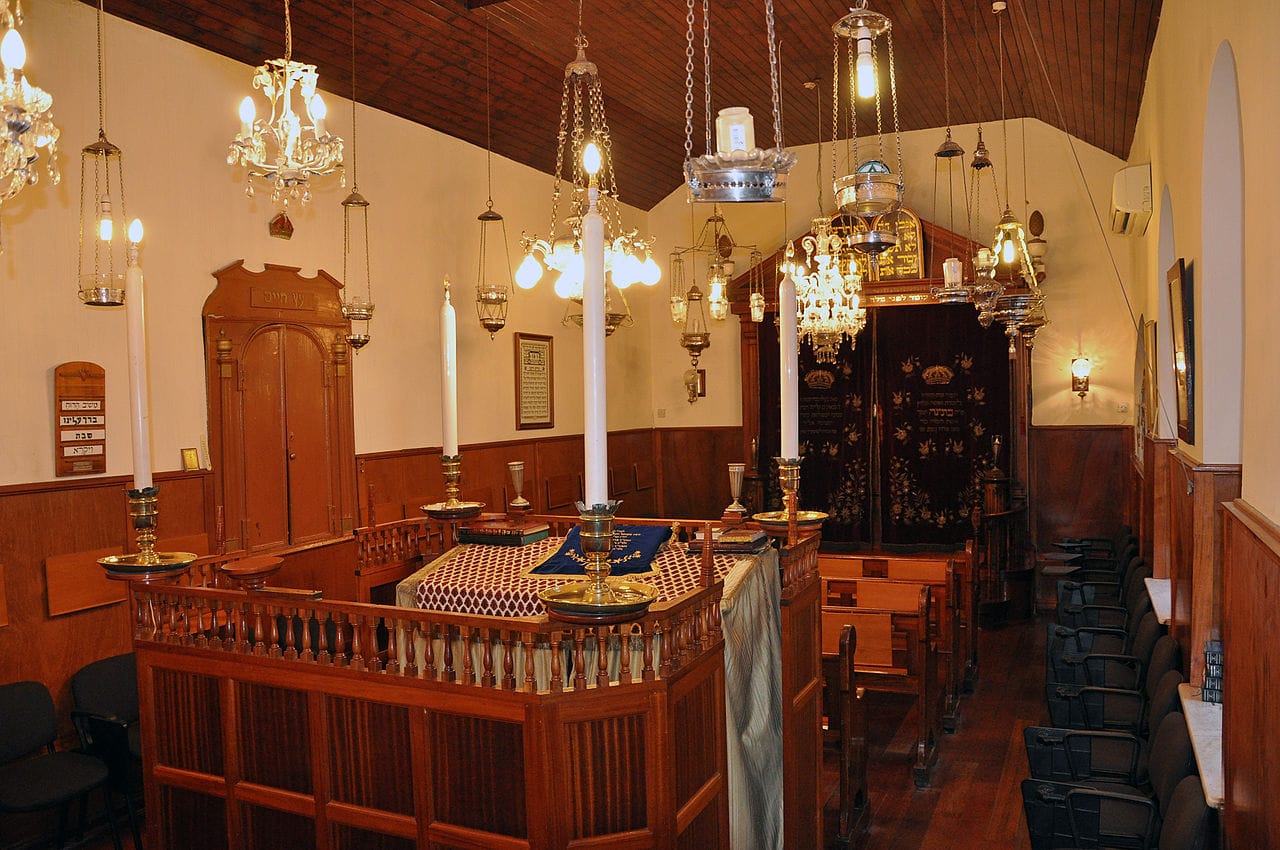
Ets Hayim Synagogue (la Esnoga Chica/the Little Synagogue, attribution)
Towards the end of the 18th century some congregants of the Great Synagogue had reservations about the less formal Moroccan style of services in comparison to the formality of the Spanish-Portuguese liturgical protocol of London. They built a new, lavish synagogue on Line Wall Road, named Nefusot Yehudah (The Dwelling of Judah), that maintained services according to the usage of the Portuguese Synagogue in Amsterdam to which also the new building strongly resembled. Founded in 1799/1800, this new synagogue is more commonly known as the Esnoga Flamenca (Flemish Synagogue).
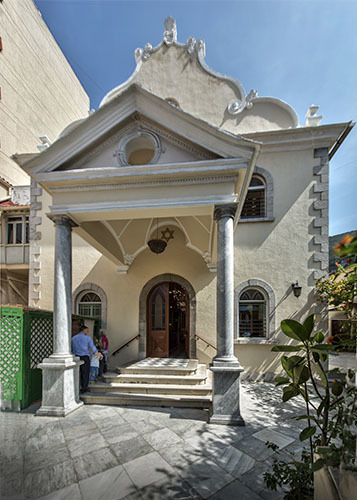
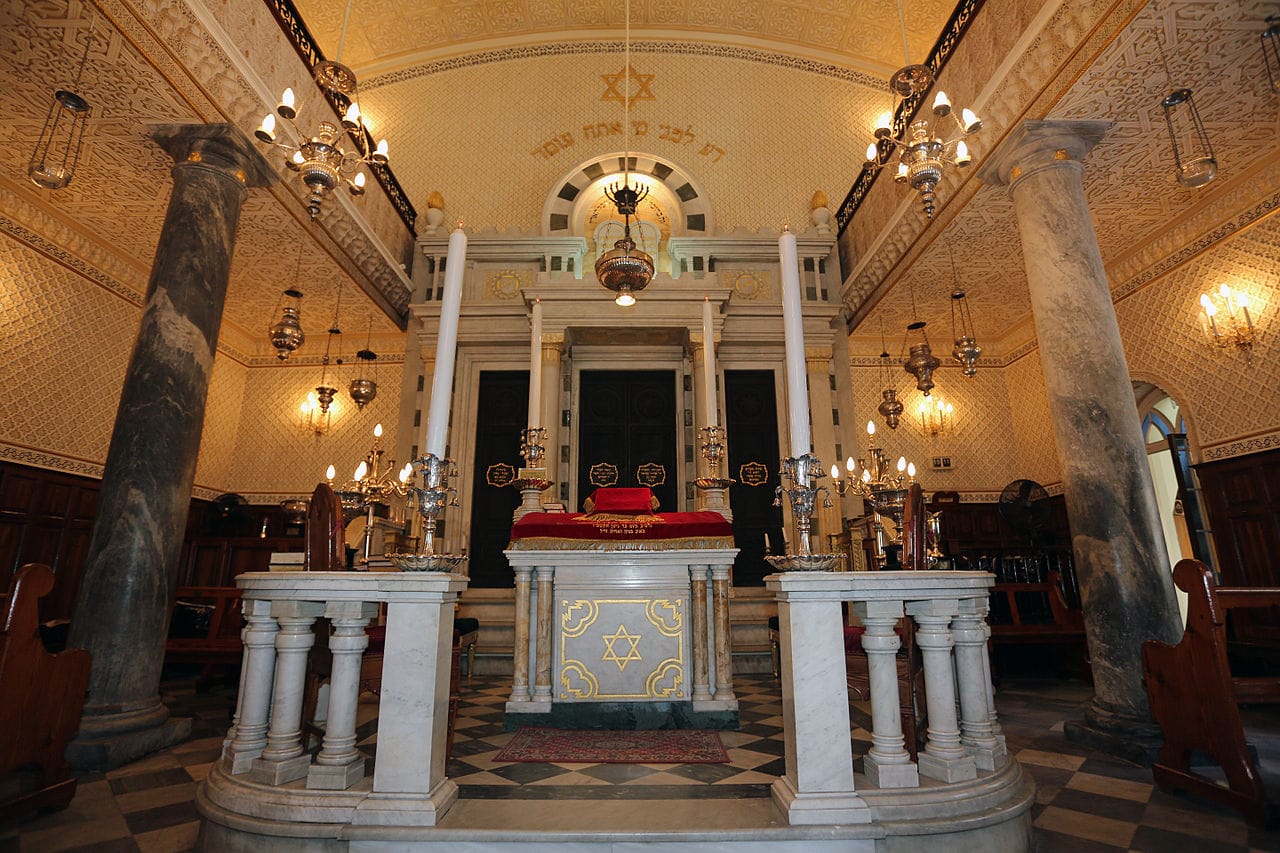
Nefusot Yehuda Synagogue (la Esnoga Flamenca/Flemish Synagogue, attribution)
R. Solomon Abudarham II (d. 1804) who had immigrated from Morocco in 1790 became the Chief Rabbi of the British Territory of Gibraltar. He established a Bet Medrash (academy of religious study) on Parliament Lane and laid the inaugural stone for the Flemish Synagogue on Line Wall Road. In 1820, the Academy founded by R. Solomon Abudarham became the Abudarham Synagogue.
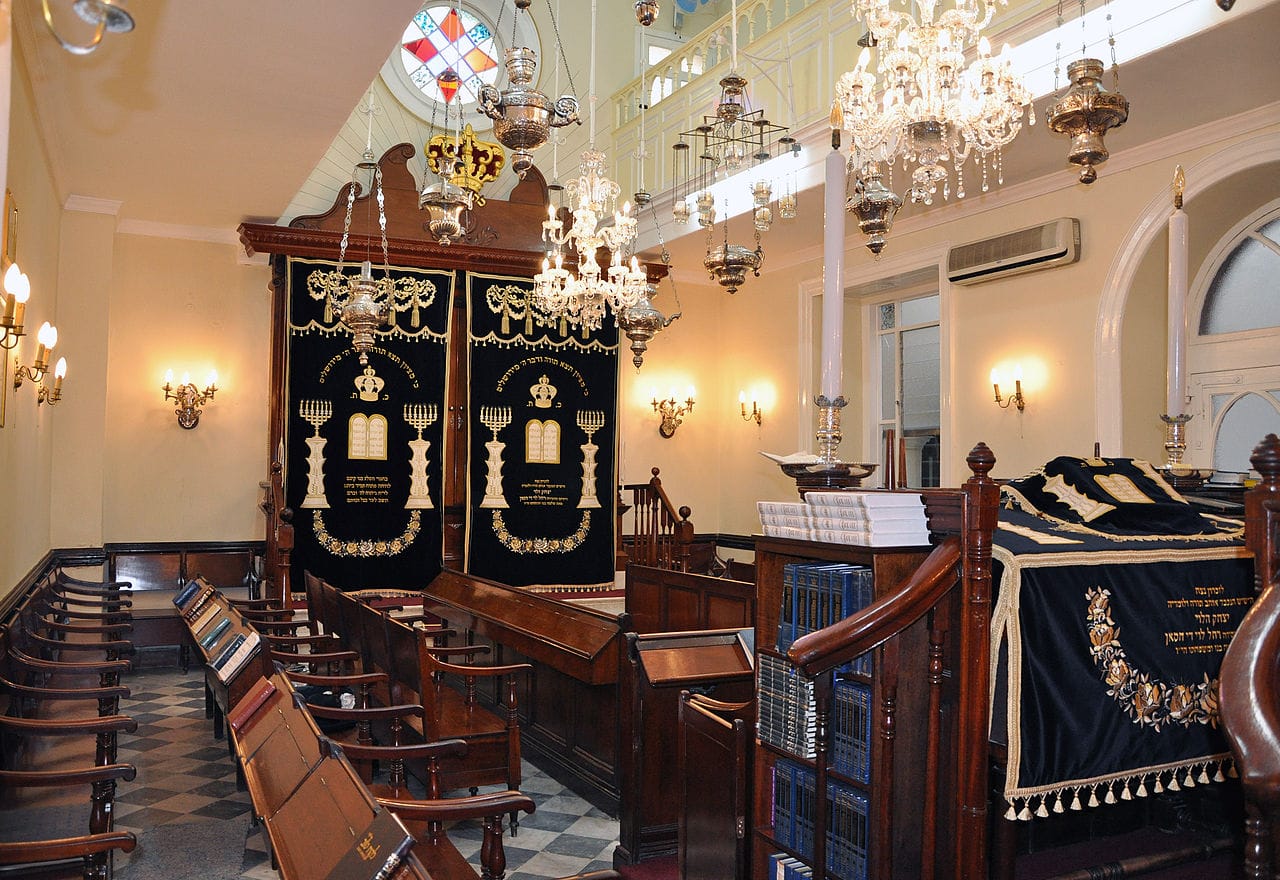
Abudarham Synagogue (attribution)
As most buildings in Gibraltar, all the synagogue suffered from natural disasters as well as from periodical sieges by the Spaniards. They therefore had to be reconstructed time and again and naturally, their architectonical designs evolved over time and yet kept some of their original characteristics.
The liturgical music of the Gibraltar synagogues was recorded only in the 20th century and therefore it reflects the upheavals that the Jews of Gibraltar suffered during this period, most patently the evacuations during World War II. Still, the voices that were recorded mostly in the second half of the 20th century reflect the dual allegiance of the Gibraltarian liturgical music, to the Spanish-Portuguese traditions of London and Amsterdam, as well as to the North Moroccan ones, most especially the traditions of Tetuan and Tangier from where most Moroccan Jews from Gibraltar originated in the distant as well as the more recent past.
We have already noticed in this website the contributions of Hazan Abraham Beniso from Gibraltar, and more materials by him will be uploaded in the near future. The lore of James Levy that we are releasing now is a characteristic of this Gibraltarian mixture. Our notes to selected items by both Beniso and Levy refer therefore to the diverse historical connections embedded in his repertoire.
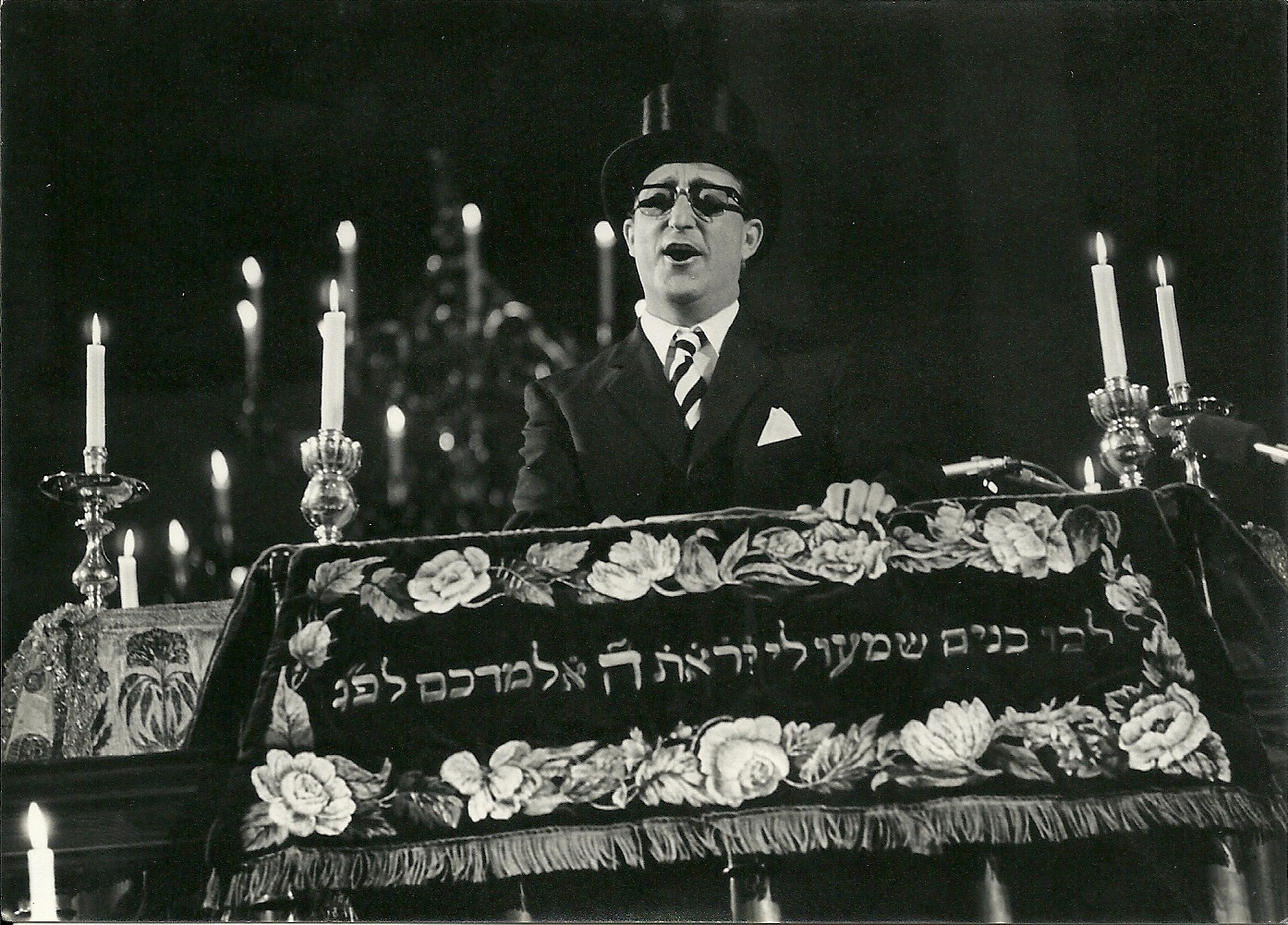
Hazzan Abraham Beniso
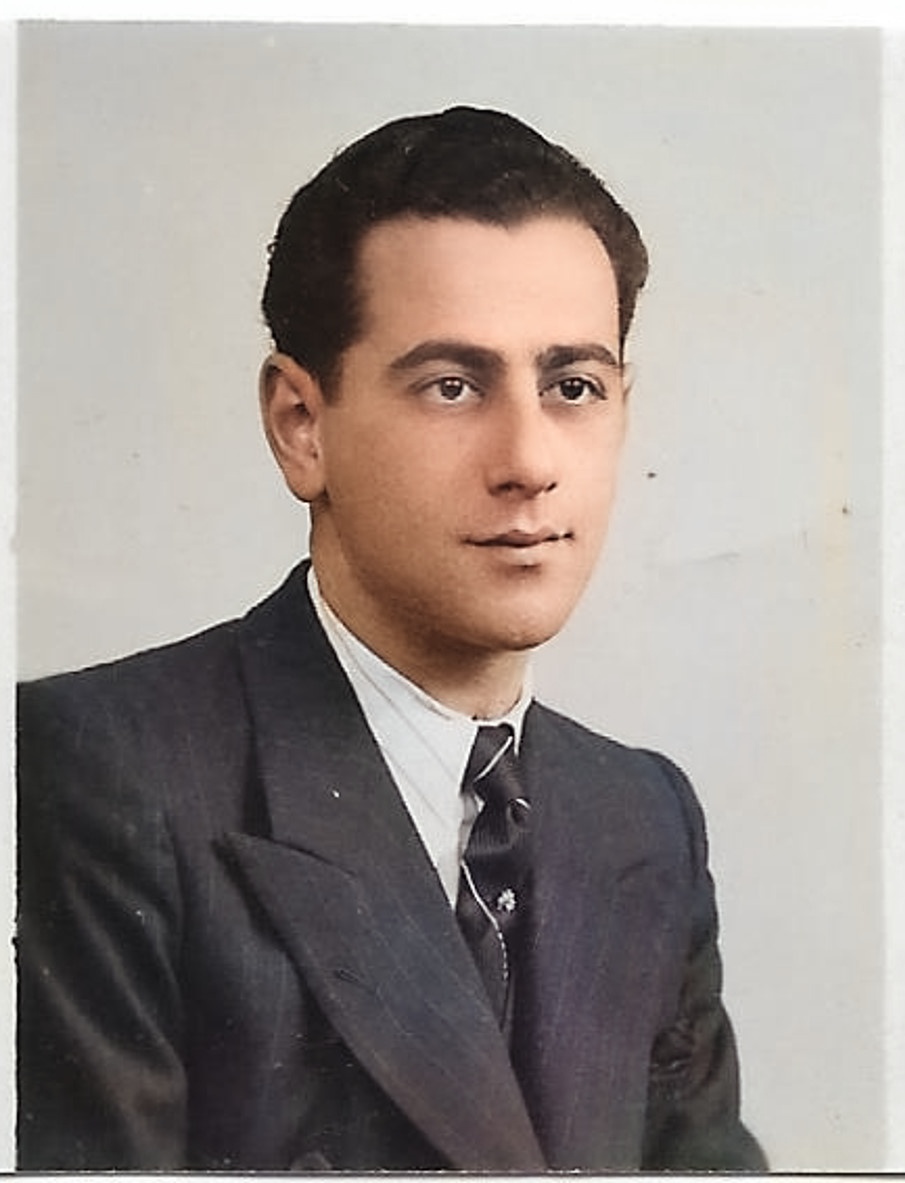
James Levy, 1930
*The illustration of the Nefutsot Yehuda Synagogue, which is in the article image, was created by Ariel Lazarus.



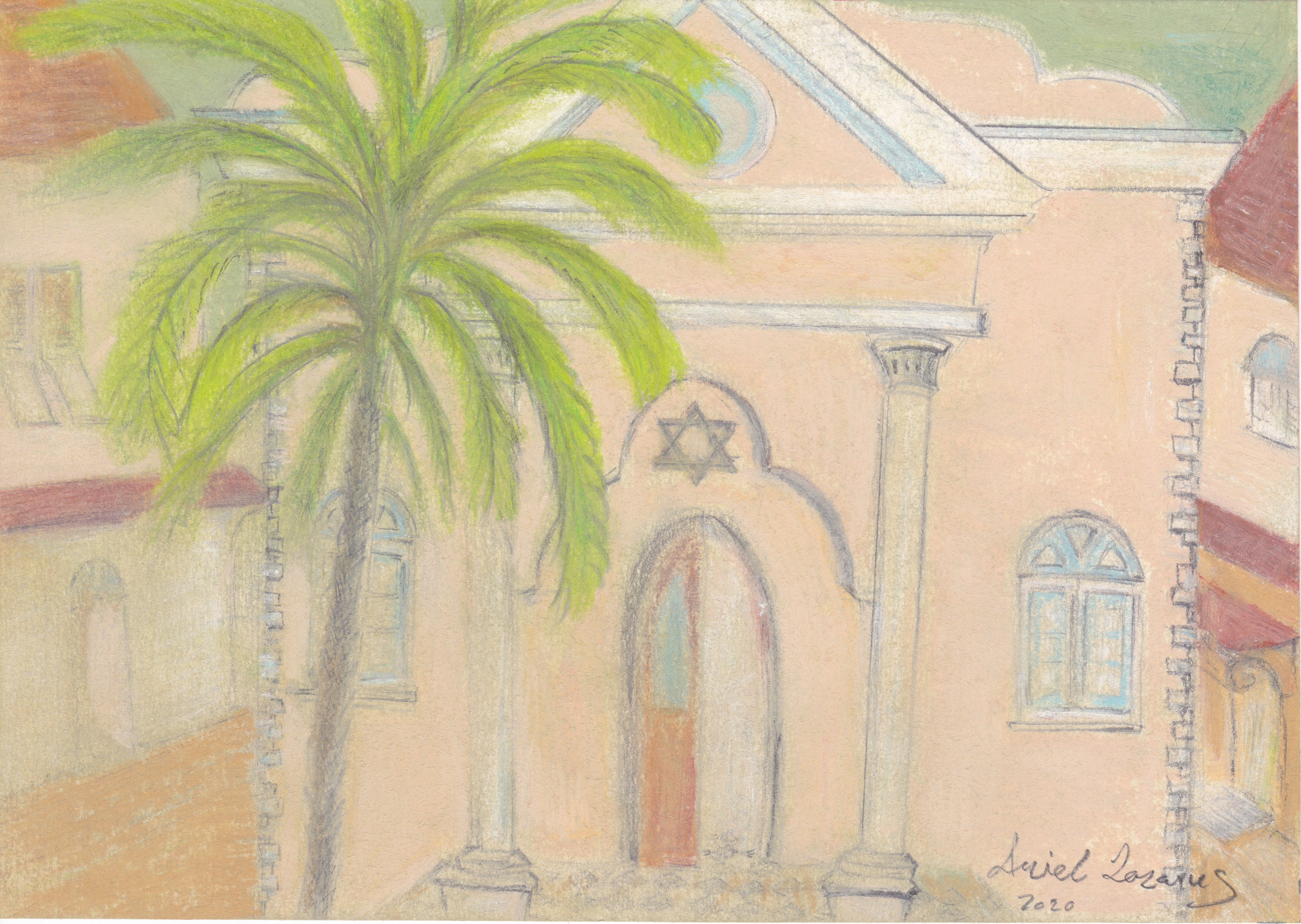

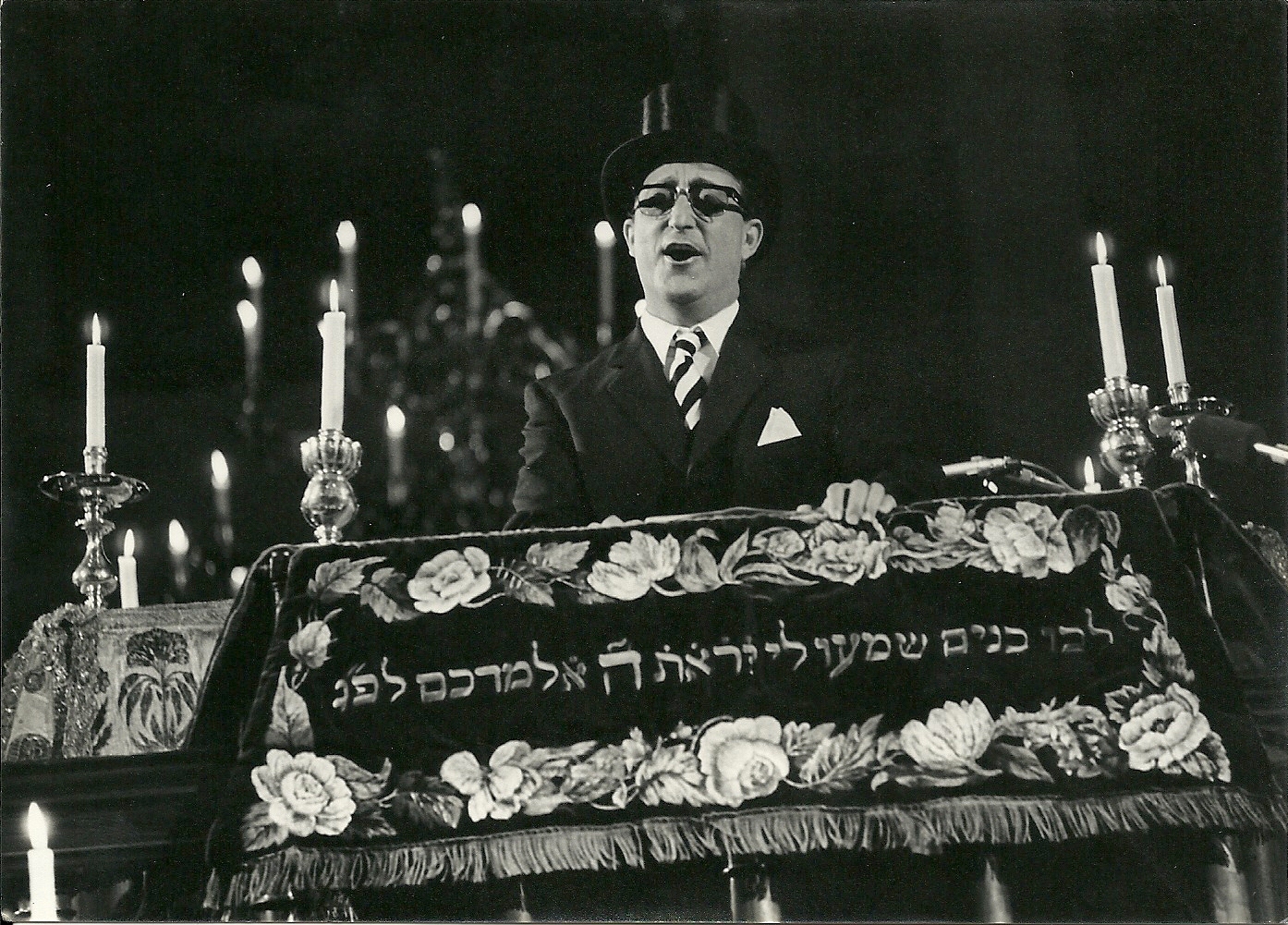 Hazzan Abraham Beniso (1923-2010)
Hazzan Abraham Beniso (1923-2010)